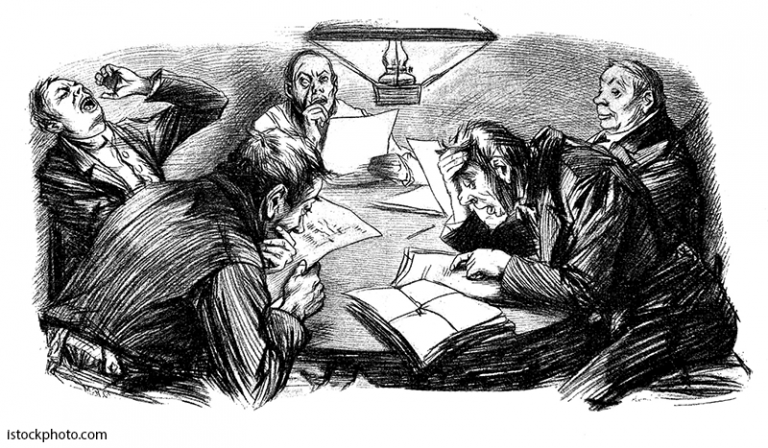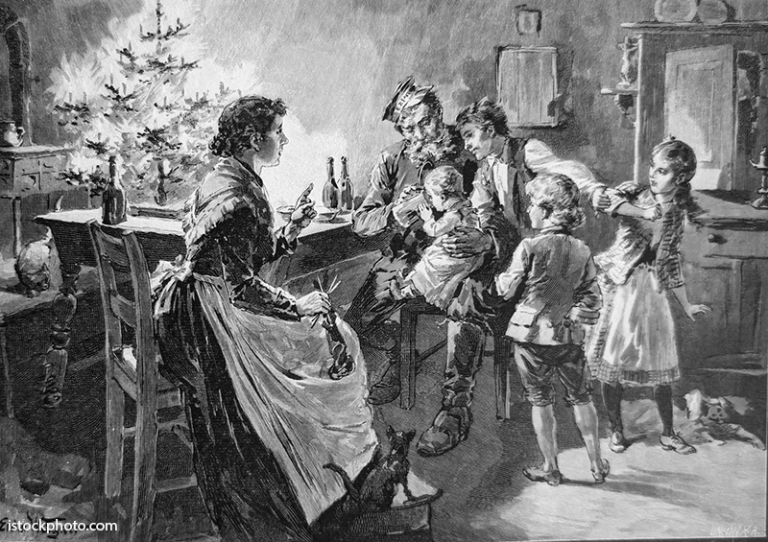
Good leaders act as lightning rods, attracting both criticism and praise otherwise directed toward their organizations or members of their team. Leaders absorb pressure, good and bad, guiding and protecting while exercising responsibility and transparency. Actions and decisions draw scrutiny from the public, stakeholders and those led. Ideas, not ideology, should drive leadership, especially in times of crisis or controversy. And, by their nature, ideas are divisive. The Oxford Dictionary defines an idea as a thought or suggestion for a possible course of action. Any possible course of action is chosen in relation to other possible courses, and picking one creates potential division. Leaders without ideas are not leaders. The most divisive leader in history is recorded in the Gospel of John, “Thomas said to him, ‘Lord, we don’t know where you are going, so how can we know the way?’ Jesus answered, ‘I am the way and the truth and the life. No one comes to the Father except through me.’” Jesus’ idea divided people the day it was uttered and continues to do so 2,000 years later. The propriety and applicability can be and have been argued endlessly, but the clarity and simplicity of the idea and its crystalline divisiveness cannot.
Abraham Lincoln, reflecting on the most divisive issue in American history, made this prescient observation, “The will of God prevails. In great contests, each party claims to act in accordance with the will of God. Both may be, and one must be, wrong. God cannot be for and against the same thing at the same time. In the present civil war it is quite possible that God’s purpose is something different from the purpose of either party – and yet the human instrumentalities, working just as they do, are of the best adaptation to effect His purpose.” Leadership, which flows from ideas, always risks being divisive, it can be no other way. Leaders often have to make decisions that might not please everyone.
All leaders operate from a values-driven perspective. One set of values may create consternation regarding another. Choices benefiting one group sometimes alienate another leading to divisiveness within a community or organization. When leaders push for change, resistance follows from those who are comfortable with the status quo or who might have to change due to new policies or directions. Strongly promoting certain values or ethical positions can polarize groups, especially if those values conflict with the prevailing beliefs or practices of some of those being led. In his autobiography, Martin Luther King Jr. reflected on it this way: Courage is an inner resolution to go forward despite obstacles; Cowardice is submissive surrender to circumstances. Courage breeds creativity; Cowardice represses fear and is mastered by it. Cowardice asks the question, is it safe? Expediency asks the question, is it politic? Vanity asks the question, is it popular? But conscience asks the question, is it right? And there comes a time when we must take a position that is neither safe, nor politic, nor popular, but one must take it because it is right.” And, it will be divisive.
Depending on their nature and context ideas can be divisive. Simultaneously, ideas can inspire collaboration, innovation and positive change. Whether an idea becomes divisive often depends on how it aligns with people’s beliefs, values and interests. A single idea can bring people together by addressing common goals or concerns. Essentially, the divisiveness of an idea is influenced by people’s perceptions and the social or cultural environment.
Debates about social policies, such as healthcare and education, can become contentious because they touch on deeply held beliefs about rights, responsibilities and the role of government. E. F. Schumacher, a well-known British Economist and political thinker, in his book, “A Guide for the Perplexed” calls these problems divergent, where many people working towards a solution will come to “divergent” perspectives. Through the lens of history, solutions to the challenges of complex problems will lead to polarized perspectives. Avoidance or fear of the strike of lightning or the clap of thunder known as divisiveness over ideas separates those who lead from those who appease. Solutions are silenced, and all that can be heard is the fearful knocking of knees.
Leaders are required to be lightning rods so ideas can be studied. West Texas A&M University, and all other good universities, should be willing to voice ideas even if they may attract lightning.
Walter V. Wendler, President of West Texas A&M University. His weekly columns, with hyperlinks, are available at https://walterwendler.com/.






